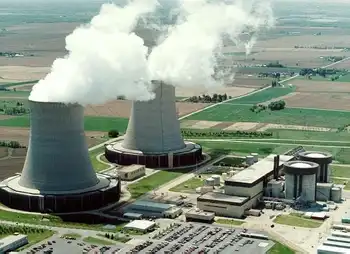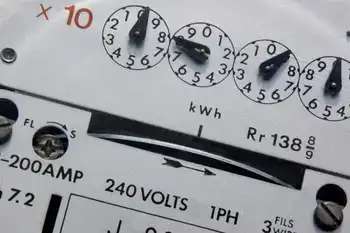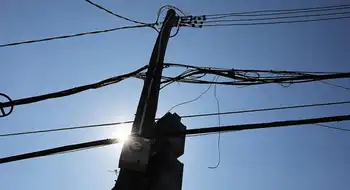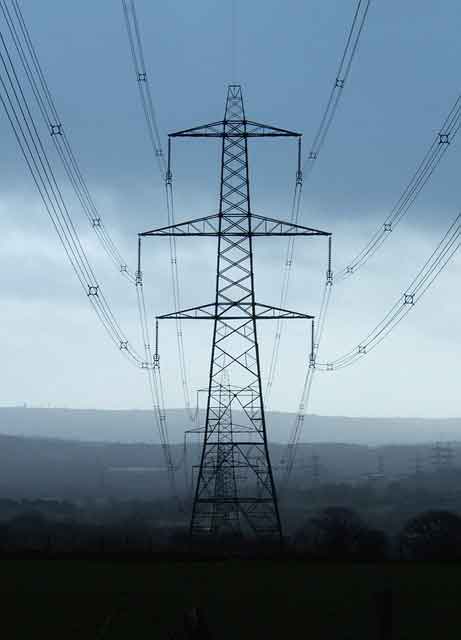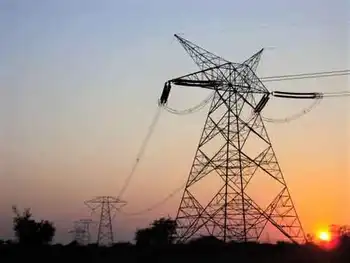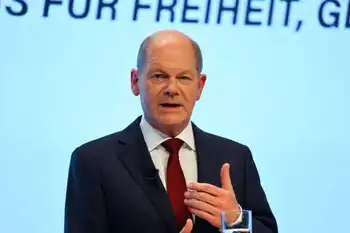DOE urged to halt nuclear loan guarantees
By SocialFunds.com
Electrical Testing & Commissioning of Power Systems
Our customized live online or in‑person group training can be delivered to your staff at your location.

- Live Online
- 12 hours Instructor-led
- Group Training Available
Another influential group that has questioned the deployment of nuclear power is socially responsible investors; according to the Social Investment Forum (SIF), one of the traditional screening practices of the group is to divert investment from businesses that "produce nuclear weapons or nuclear power or employ other practices damaging to the quality of life."
Yet nuclear power has found friends among Washington's current political elite. After declaring as a candidate an aversion to new nuclear power plants until the question of waste storage can be resolved, President Obama now sees nuclear power as part of an overall strategy of energy independence for the U.S.
"There's no reason why technologically we can't employ nuclear energy in a safe and effective way," Obama said at a town hall meeting in New Orleans recently. "Japan does it and France does it and it doesn't have greenhouse gas emissions, so it would be stupid for us not to do that in a much more effective way."
Also, the climate change bill recently presented to the U.S. Senate by Senators Kerry and Boxer includes provisions that would promote the further use of nuclear power.
Currently, there are 25 proposals for new construction of nuclear reactors in the U.S., according to the Southern Alliance for Clean Energy (SACE). Of these, 14 propose to employ the AP1000 nuclear reactor design. Developed by Westinghouse, the AP1000 features a hybrid shield building with steel concrete composite modules, according to Edwin Lyman, Senior Scientist of the Global Security program at the Union of Concerned Scientists (UCS).
"Originally, the AP1000 was to have a steel shell as containment and reinforced concrete for events from the outside," Lyman said. "But Westinghouse amended its design certification partly to defend against aircraft attack."
As a result of the amendments to the reactor design, the Nuclear Regulatory Commission (NRC) said in a letter to Westinghouse, "The company has not demonstrated that certain structural components of the revised AP1000 shield building can withstand design basis loads."
"This is a situation where fundamental engineering standards will have to be met before we can begin determining whether the shield building meets the agency's requirements," the NRC continued.
Yet despite concerns about the design flaws of the AP1000, the Department of Energy (DOE) has not indicated that it will halt proceedings to issue taxpayer-backed loan guarantees for the construction of seven nuclear power plants in four states: Maryland, South Carolina, Georgia, and Texas. At least two companies under consideration for the loans — the Southern Company and South Carolina Electric & Gas (SCE&G) — have chosen the AP1000 for the design of their reactors.
In a letter to the DOE, SACE and nine other organizations called on the agency "to immediately halt issuance of conditional loan guarantees and take action to publicly assure the public that this is the case."
Citing references to "fundamental engineering standards" in the NRC's letter to Westinghouse, the SACE letter to the DOE observed, "There are grave doubts if the protective structure of the AP1000 nuclear reactor can withstand hurricanes, earthquakes, tornadoes and the impact of a commercial airliner, as required by the NRCÂ’s regulations.
Additionally, questions have arisen about the shield buildingÂ’s ability to support the emergency cooling water tank on the top of the structure, which would up to 8 million pounds of water."
In a news conference following the release of the letter, Sara Barczak, High Risk Program director at SACE, said, "The Department of Energy plans to issue loan guarantees soon. If it does award these loan guarantees, they will be putting American taxpayers on the hook."
"With billions of taxpayer dollars at stake, the DOE needs to get on the same page regarding safety concerns of the AP1000 reactor," Barczak continued.
Peter Bradford, former member of the NRC and an adjunct professor at Vermont Law School, said, "The NRC's concerns about the AP1000 design are only the latest. Over the years, more than half of planned reactors have been abandoned or delayed, increasing the costs of constructing the plants. Stranded nuclear spending in the 1990s exceeded $100 billion."
"Such costs are usually borne by investors or lenders," Bradford said. "But the industry is now seeking unprecedented loan guarantees, whose costs will be borne by taxpayers."
Henry Sokolski, executive director of the Nonproliferation Policy Education Center (NPEC), said, "Congress has appropriated more than $300 million for Westinghouse to build the AP1000 reactor. Nobody wants to finance these things, so you have to get the government to finance them."
"Loan guarantees essentially mean, if you screw up you're covered," Sokolski continued. "But without private investment, there is no incentive to keep costs reasonable."
He concluded, "Government should discourage loan guarantees for the nuclear industry by imposing a moratorium on them."





